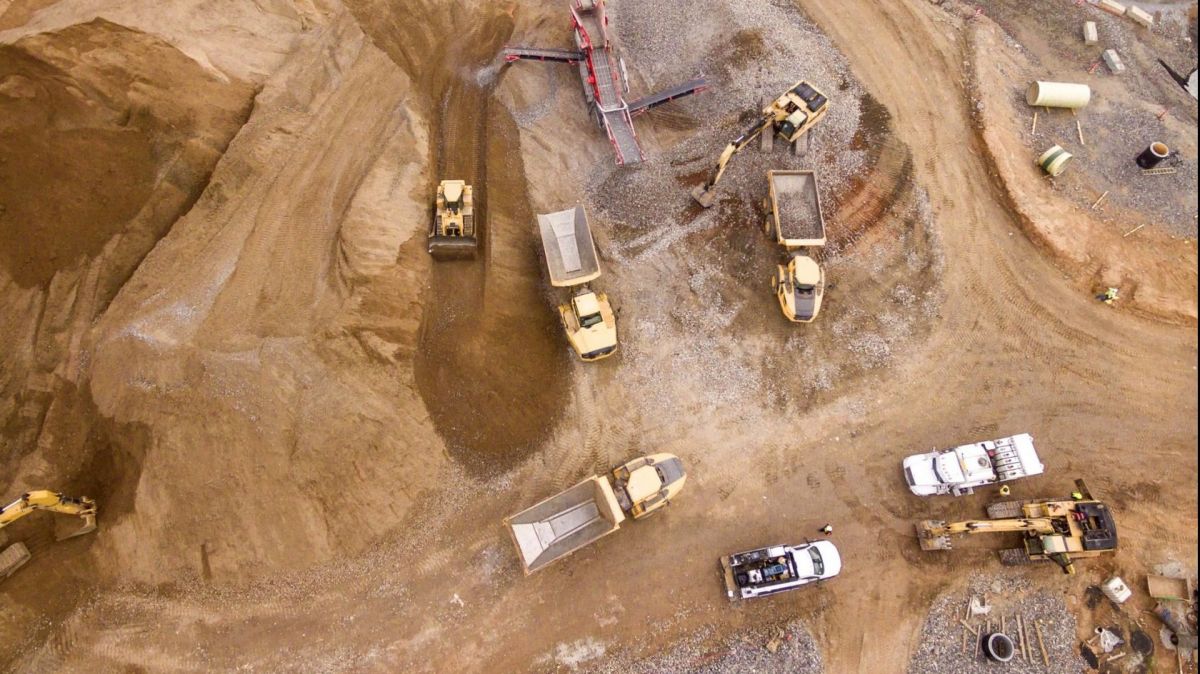1. An Overview
The tax incentives included in the Biden administration's Inflation Reduction Act have produced a surge to 52% in the intended sales of all-electric cars by year 2030 . This has driven the spot price of Lithium (Li) metal , a vital component in batteries, to USD78,000 per metric tonne (MT) representing a thirteen fold increase since 2019. Domestic production in the USA has been limited to a brine operation in Nevada (in which China had a minority share) where compounds of chloride and hydroxide have been worked in addition to carbonate. Brine operations in Chile and Argentina now account for almost all of US imports of Li.
In China similar financial incentives have resulted in a record high of 500k yuan/tonne which has been influenced by successive heat-waves causing the suspension of multiple Li production in Sichuan . Other provinces have been less affected and able to continue with mining minerals and Rare Earth Elements (REE) for both domestic use and export to countries such as Russia and India where Apple has decided to increase substantially factory capacity for the manufacture of its most recent innovations.
Australia now has an annual Li ore production of 55,000 MT and reserves of nearly six million MT. The rest of the world (excluding USA) produces only 45,000 tonnes but with reserves estimated at sixteen million MT. Continuing exploration worldwide produces an optimistic geological guestimate of around ninety million MT of all grades of Li ore as being eventually exploitable.
Recycling: The first US plant opened in Lancaster OH in 2015. About 25 companies in North America or Europe now engage in recycling the Li content of batteries so that the shortfall between production and demand may be shortened
Besides the focus on battery use, the conflict in the Ukraine and other theatres of war has created an increasing demand for lightweight metals such as Li and tungsten for the manufacture of weaponry, drones, portable arms and electronic equipment. The associated pharmaceutical use of Li to treat psychiatric disorders has soared.
2. Portugal
On 25 September Brussels announced that the EU would henceforth give top priority to the extraction and development of its resources of minerals and REE. Inevitably this has turned the spotlight to Portugal which has Europe´s only known deposits of workable Li ores and a large abundance of other minerals in a history of mining which goes back by two millennia.
Production of Li non-carbonate ores principally used in the ceramics industry was 348 MT in year 2020 rising to 900 MT in 2021 when reserves were estimated at 60,000 MT. This year forest fires have been widespread and prolonged in territories renowned for both the mining of mineral deposits and for being areas of outstanding natural beauty . This has proved to be a mixed blessing for exploiters who are able to say that their activities with promised environmental restoration will have minimal effect on agriculture and tourism while admitting that the continuing threats of fire and drought (Li has low volatility) may slow production.
Organised opposition by local citizenry and municipalities was handicapped during the pandemic but continues with many representations having been made to environmental watchdogs, Ministries and in court. There is a realisation that large scale open-cast mining is inevitable due to the exigencies of Brussels and the necessity to reduce further the national debt incurred at the time of the Troika but there is hope that better terms for compensation and profit participation can be negotiated under the revised legislation of 2021.
On 28 October 2021 the outgoing “geringonça” government signed fourteen mining concessions with foreign entities or their Portuguese agents. Six months later all were granted PIN status (project of national importance) which provided a “fast track” for completing consultations with Ministries and watchdog entities. Several miners have hinted that their bulldozers will commence site clearance within the next six months.
Here is a short list of the known principal players :
Savannah Resources PLC . Mining of Lithiun carbonate at Covas do Barroso and six other neighbouring locations. Anticipated revenue of €1.3 billion over fifteen years. Omani owned and financed.
Mineralia. Tungsten (wolfram) at the reactivated Borralha mines in Montalegre.
Iberian Resources. Tungsten at Santo Adrião in Armamar.
EDM – Empresa de Desenvolvimento Mineiro, a public Company joined with several private interests (e.g. Redcorp in Lagoa Salgada ; Almina in Aljustrel and Somincor in Neves-Corvo) in exploitation of copper, lead and zinc in the Iberian Pyrite Belt which extends into southern Spain .
Fortescue Australian Group with advanced interest in the Circo concession for mining “Lithium, gold, silver lead , zinc, tin, tungsten and other ferrous mineral deposits” in the municipalities of Macedo de Cavaleiros, Mirandela, and Vinhais.
PANN (Consultores de Geociencias Lda.) Lithium in Argamela, Covilhã
Goldplay : another Australian Company with Portuguese subsidiary EVX Lda. Gold, silver, lead and zinc in the Borba region.
GALP and the Swedish Northvolt AB propose to build a huge refinery for Li and other metals in the Setubal industrial park.









